Mow-tastic Makeover: Get Sharp with Your Blade Game!
As the seasons transition and spring approaches, it's time to prepare your lawn for a season of growth and vitality. Among the many tasks on your...
1 min read
Michelle Glosser : Updated on December 11, 2025
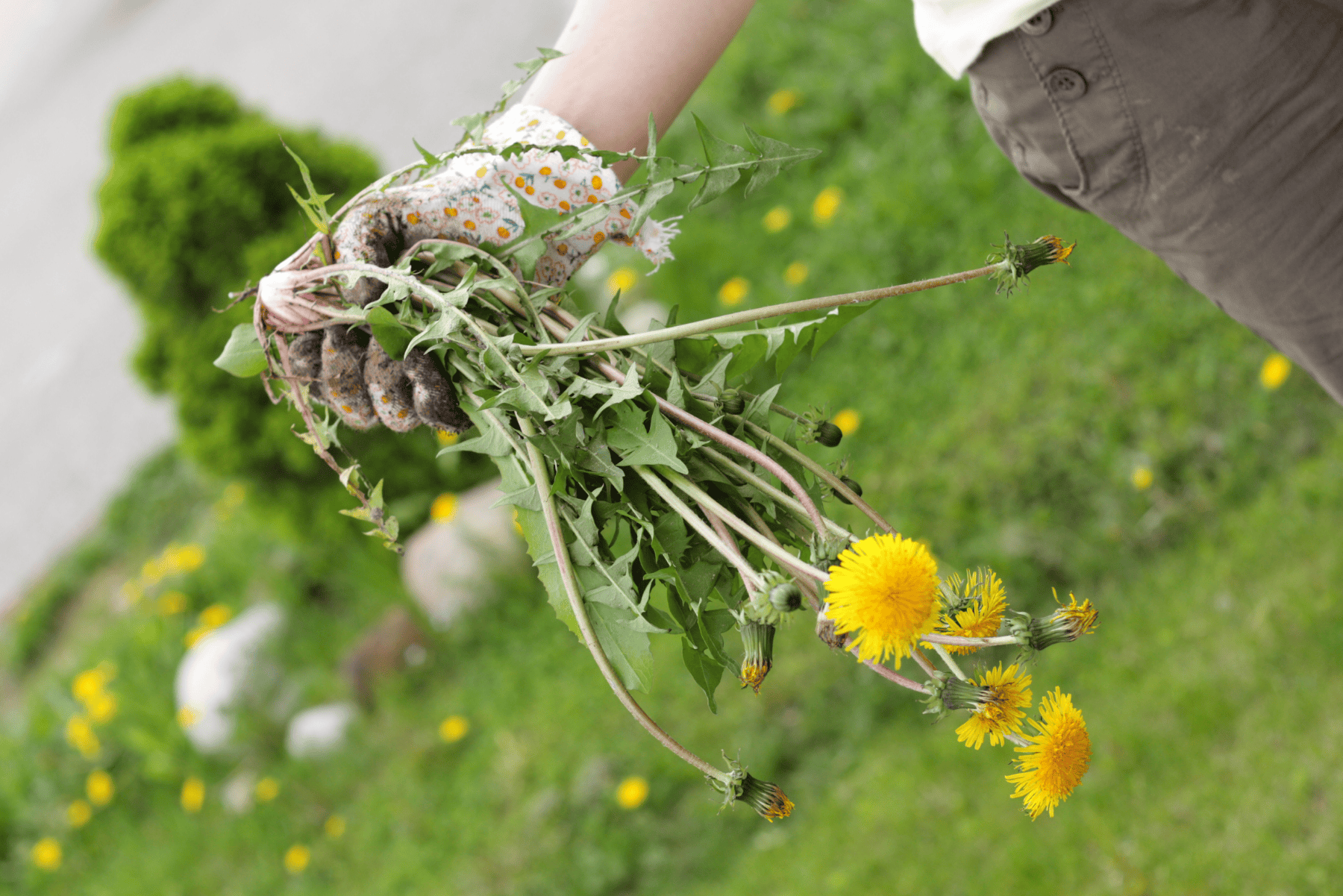
Gardening is an activity filled with intuitive practices—watering, fertilizing, and weeding out the unwanted guests that threaten the beauty and health of our gardens. However, when it comes to pulling weeds, what seems like a straightforward solution might be contributing to a larger problem. The act of pulling weeds, often seen as a necessary chore to maintain a pristine flower garden, can inadvertently spread numerous seeds, leading to a cycle of continuous weeding. Here’s why you might want to reconsider pulling weeds as your go-to method for weed control.
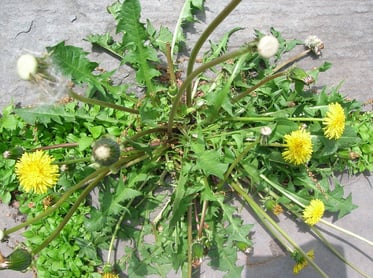
Many common weeds are designed by nature to be highly effective at spreading their seeds. A single weed can produce hundreds, if not thousands, of seeds. When we pull these weeds, especially if they are mature and ready to disperse seeds, we risk scattering those seeds across your flower garden and your lawn. This action can turn a single weed into hundreds more, laying the groundwork for a never-ending battle against these resilient invaders.
Pulling weeds also disturbs the soil and its intricate ecosystem. The soil is a complex network of organisms, nutrients, and plant roots. When we pull out weeds, we disrupt this ecosystem, potentially harming the plants we wish to keep. This disturbance can also bring dormant weed seeds to the surface, giving them the sunlight and space they need to germinate.
Given the potential for pulling weeds to exacerbate the problem, it’s worth exploring alternative methods of weed control that are both effective and sustainable. 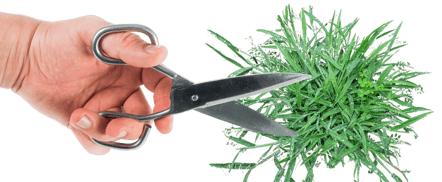
Mulching: Applying a thick layer of mulch can suppress weed growth by blocking sunlight. Organic mulches, like wood chips or straw, also enrich the soil as they decompose. * However some mulch can carry fungus and produce mushrooms in your flowerbeds and lawn.
Trim the Weeds: Should you need to address unattractive weeds in your garden or lawn before your next scheduled treatment, we recommend trimming the weeds instead of removing them. This will manage their appearance temporarily, and our targeted treatment will effectively handle the rest during our visit.
In conclusion, while the immediate gratification of pulling weeds might be tempting, it’s important to weigh the long-term consequences. By exploring alternative weed control methods you can create a more sustainable landscape that thrives with minimal intervention.
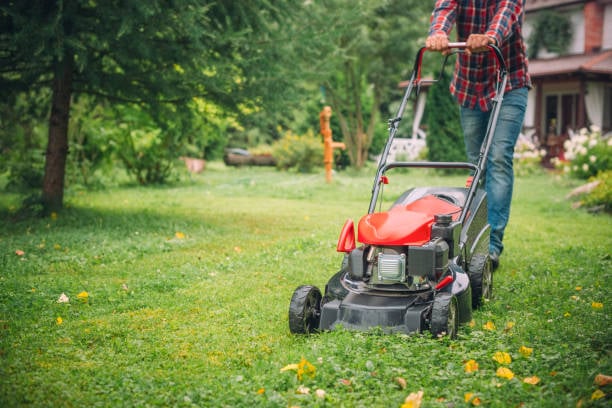
As the seasons transition and spring approaches, it's time to prepare your lawn for a season of growth and vitality. Among the many tasks on your...
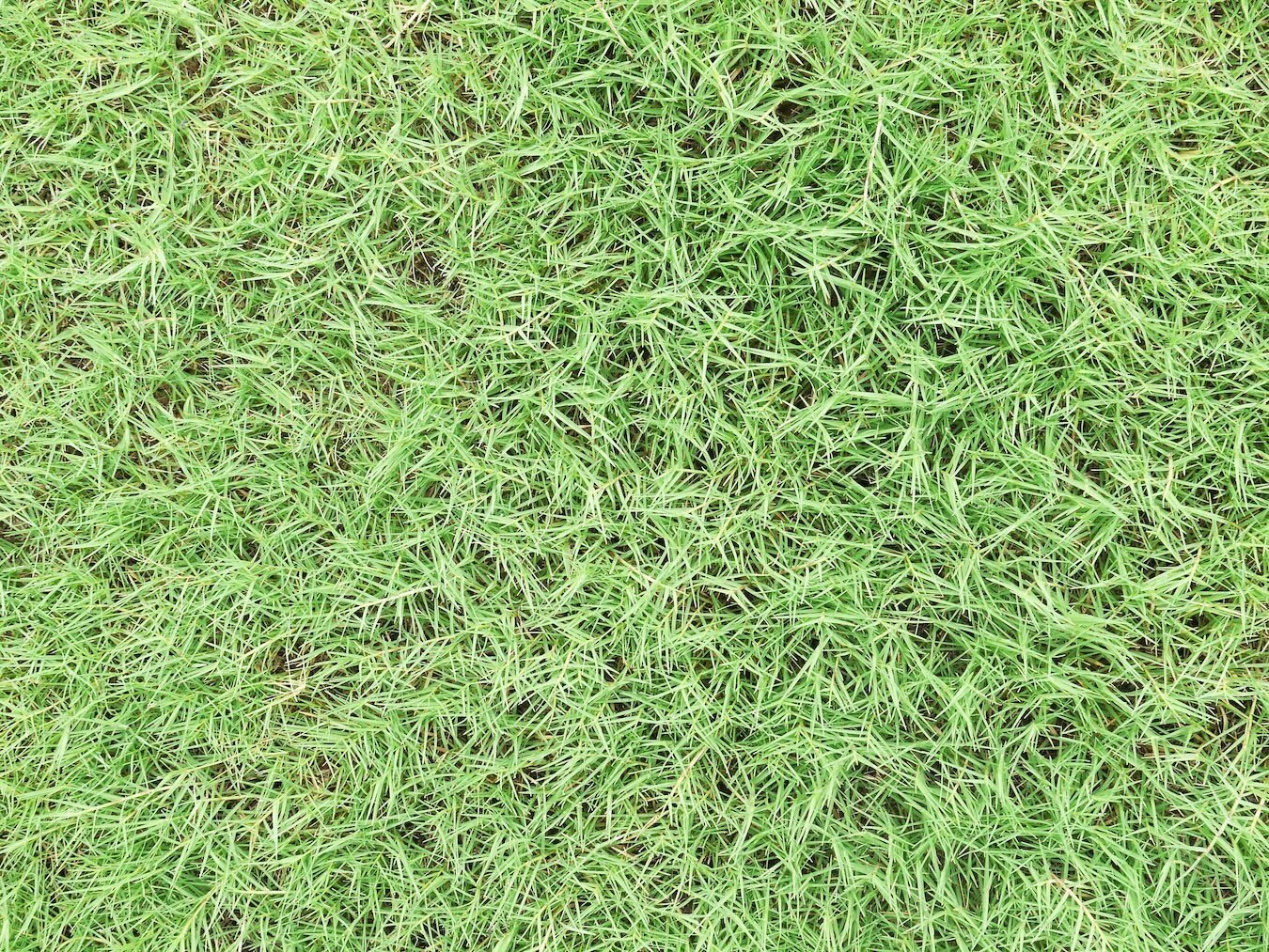
What is Core Aeration? Core aeration is the process of removing small plugs of soil from the ground in order to reduce soil compactness and improve...
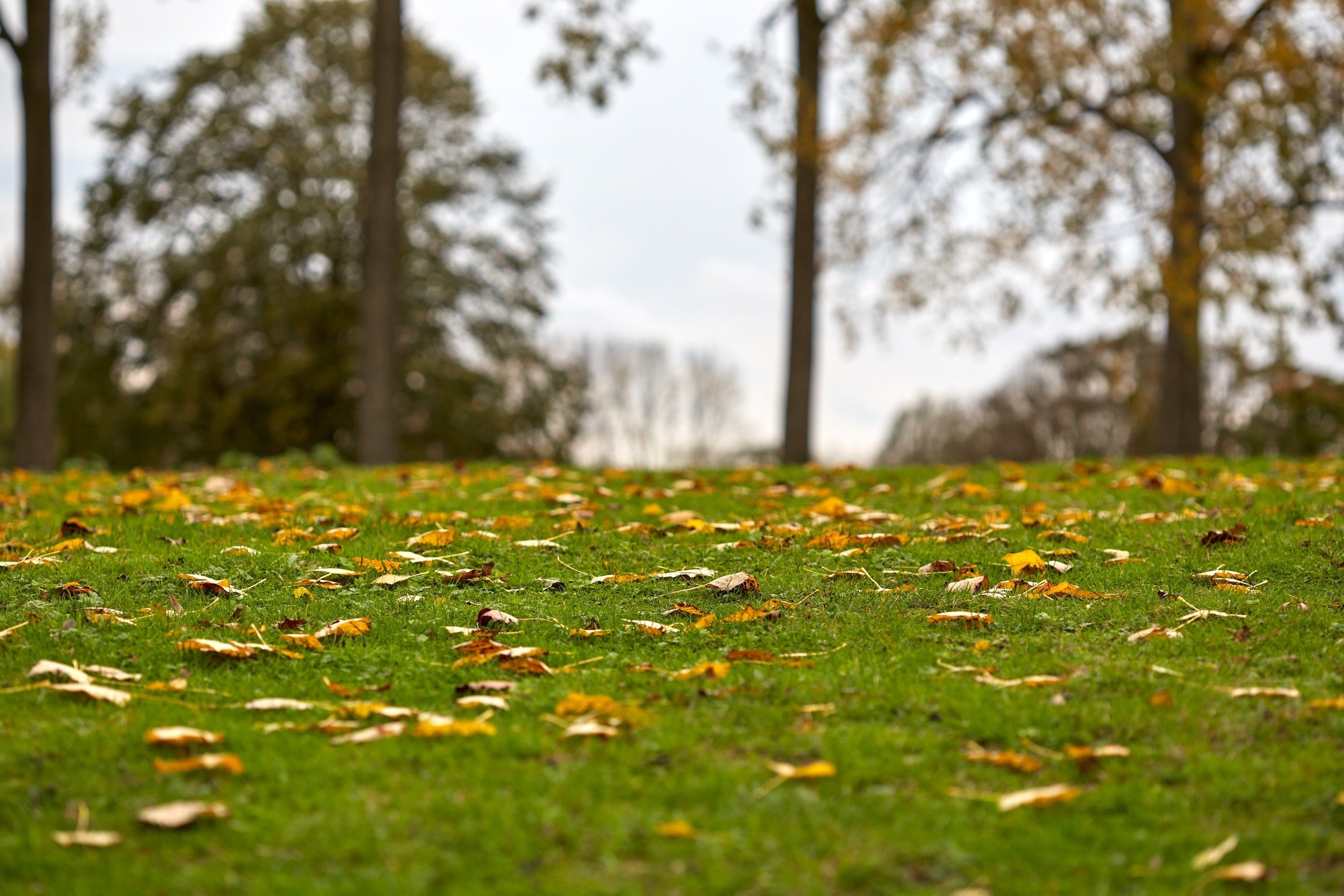
When summer fades and cooler weather sets in, many homeowners mistakenly believe their lawn care routine can take a backseat. However, fall is a...